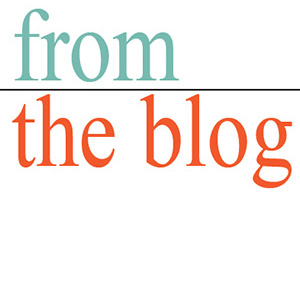How did mass transportation in urban areas wind up getting shafted by the federal stimulus bill? According to an analysis published in Thursday's New York Times, urban transit systems are set to receive far less of the $26.6 billion than are rural areas. This is hard to justify, given that population, jobs and education are concentrated in urban areas. (You can do your Homer Simpson imitation at this point.)
Mecklenburg County is the most populous area of North Carolina � it is home to Charlotte � but will receive only $7.8 million of $423 million in stimulus transportation money allocated for projects in the state thus far, according to the Times story. Seattle found itself "shut out" of stimulus money for roads, bridges and highways when the State of Washington cut up the stimulus pie.
California cities seem to fare better than cities in some other states. The federal government has allocated $3 billion in transportation money to the state, of which about $1.53 billion has been committed to 512 projects, all of which involve pavement. According to my personal tally, less than a third of those projects are unambiguously urban (without getting into a tendentious argument about what is urban and what is not along the California coast; our megapolitan sprawl has blurred those distinctions.) In actual spending, however, at least two-thirds of the money goes to cities; a handful of costly projects, such as adding a lane to the 405 freeway and drilling a fourth Caldecott tunnel on Highway 24, skews the numbers.
How is it possible that cities are getting screwed? In a word, local politics. The Times piece quotes Robert Puente, a senior fellow at the Brookings Institution, who cites a "peanut-butter approach" among many states, which prefer to spread dollars thinly and evenly among counties despite disparities in population. According to Puente, the peanut-butter approach is typical of the way many states divvy up federal dollars among their constituent counties. (I'll pause while you smack your head again.)
I was already having difficulty digesting the high level of investment the stimulus has given to high-speed rail projects over creating or expanding commuter rail in major urban areas. I support high-speed rail, to which America is a latecomer. Mass transit, however, is the central issue in urban economies, after jobs and housing.
Scanting transportation money for cities is discouraging news for both urban growth and urban design. In Southern California, the expansion of commuter rail is a do-or-die issue, especially for gridlocked cities in Los Angeles, Orange and San Diego counties. Southern California is becoming an unattractive job environment because of high housing costs and long commute times. I believe that a working mass transit system that is attractive to middle-class commuters could stabilize deteriorating neighborhoods and old suburbs, which have lost value, in part, because of their distance from employment centers.
The expansion of commuter rail is arguably the single most powerful force in the shaping California cities since the federal highway programs of the 1950s and '60s. Most major cities in the state now offer density bonuses, waivers of certain zoning requirements and economic assistance to transit-oriented development. This means that the path of commuter rail will determine the location of new development, much as the freeway system and its off ramps determined the location of development during the past 50 years.
Let's shift the discussion slightly to the issues of urban growth and economic revitalization of aging urban areas. The Santa Monica architect Johannes Van Tilburg � he's a friend and we taught a university extension course together years ago � has talked about the need to bring near-uniform density to hundreds of miles of city streets in Los Angeles County. His target is the network of major thoroughfares that crisscrosses L.A. County; those streets, viewed together, could be called a "supergrid." Much of this supergrid is ugly and economically underperforming. Van Tilburg, a principal of Van Tilburg Soderbergh Bavard, calls this proposed densification "boulevard urbanism." In a recent conversation, VanTilburg said rail transit would bring economic health to aging neighborhoods by encouraging new investment. �
Call me simplistic, but I believe the federal stimulus would be better spent on developing mixed-use projects near rail stations in East L.A. than fixing potholes in Podunk. But, then, I may underestimate the hunger of rural lawmakers for a taste of peanut butter.
� Morris Newman �

